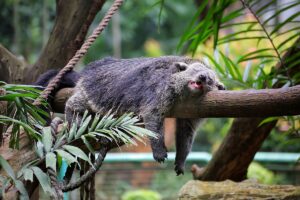
If I told you I’d seen a binturong, chances are you’d stare at me blankly.
What if I told you I’d seen a bearcat? You’d probably imagine some sort of bear-cat hybrid, which is exactly what it looks like even though it’s neither bear nor cat. A relative of civets, the unbearably fluffy binturong (alias the bearcat) lives in the canopies of Southeast Asian rainforests and smells like popcorn. These same rainforests are also home to the mouse deer, which is neither a mouse nor a deer yet looks like both. Its proper name, kancil, would probably elicit those same blank stares.
This difficulty with new names goes beyond tropical mammals. For instance, when I offer my in-laws a non-tropical fruit, they eye it with great suspicion.
“What is that?” they ask.
“A nectarine,” I say.
Blank stares.
“It’s also called a…um…Italian apple.”
And now the eyebrows rise in interest because they know of Italy and of apples, and this familiarity makes the novel fruit more appealing.
Old things help us understand new things, so we reach for familiar words when making sense of the unfamiliar. This raises an important question for writers of fictional worlds: How can we navigate this hesitancy when creating new species? Must we forever stick to goblins, gnomes, werewolves and vampires? Of course not, but the problem lies in the names, specifically in creating ones that draw interest rather than blank stares. Taking the example above, bearcat is a functional compound that tells the reader what to expect, while binturong, though far more alluring, immediately demands further exposition.
But that’s the real world. What about fictional creatures? Let’s consider two examples:
Hobbits [1]. Tolkien’s name for his new species derives from a compound word that he invented, holbytla, which he based on the genuine Old English words hol (a hole or hollow) and bytlan (to build). However, it has been suggested that Tolkien wrote hobbit on the spur of the moment, then later developed a fictional etymology for it. So an old name, but in a roundabout way.
Robots. The word robot comes from Karel Čapek’s 1920 play R.U.R. (Rossum’s Universal Robots). The term comes from the Czech robota, meaning forced labour or drudgery, although it seems that Karel’s brother Josef was the one to suggest the name. Why did this new foreign name stick? How is it different from binturong? Maybe because while the mechanical beings themselves were new, the concept they embodied (drudgery and forced labour) is as old as civilisation itself. Čapek wasn’t naming a new creature, he was naming a familiar human experience.
This brings me to my own naming failure: the dromedark. I don’t know where I pulled the name from, and the best it can offer readers is an impression of a slightly sinister camel. The thing is that the name came first, and the species’ characteristics — eusocial, strictly hierarchical, xenophobic, education-focused — emerged later. But perhaps my subconscious wasn’t entirely wrong. Dromedaries are social animals with established hierarchies, and there’s something almost scholarly and secluded about that -dark ending.
In the end, the Binturong Problem comes down to one choice: accept the blank stares that greet unfamiliar names or settle for the tired familiarity of bearcats. It’s a choice that matters because every invented name is an act of faith that readers will follow us into new territory [2].
***
Do you have a favourite species name? Do you prefer them clear-cut like the Inhibitors [3] or more mysterious like the Gethenians [4]?
- Tolkien, J. R. R. The Return of the King. Appendix F, II, “On Translation.”
- The in-laws were ultimately unimpressed by the Italian apple’s flavour and texture.
- From Revelation Space by Alastair Reynolds. Named after their tendency to inhibit galactic civilizations.
- From The Left Hand of Darkness by Ursula le Guin. Named after their homeworld, Gethen. Normally genderless, they randomly develop male or female characteristics during their monthly fertile period.
Freeing Caged Lions
On Artistic Courage in the Face of Doubt
Sometimes things collide in the most unexpected ways. On the one hand, I am slowly picking my way through Conversations with Goethe in the Later Years of his…

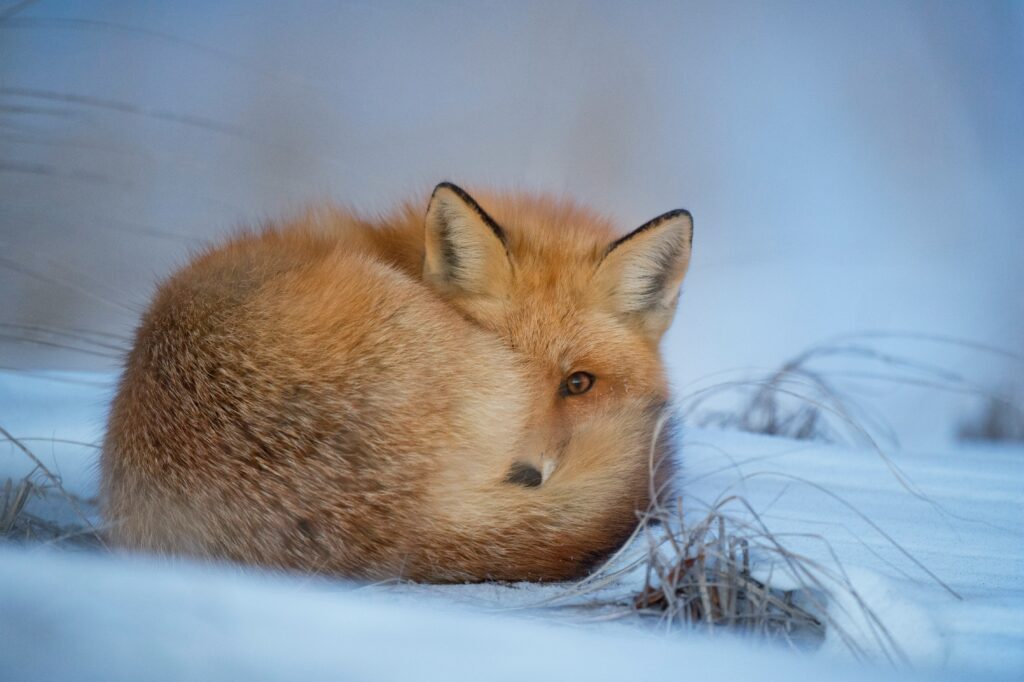

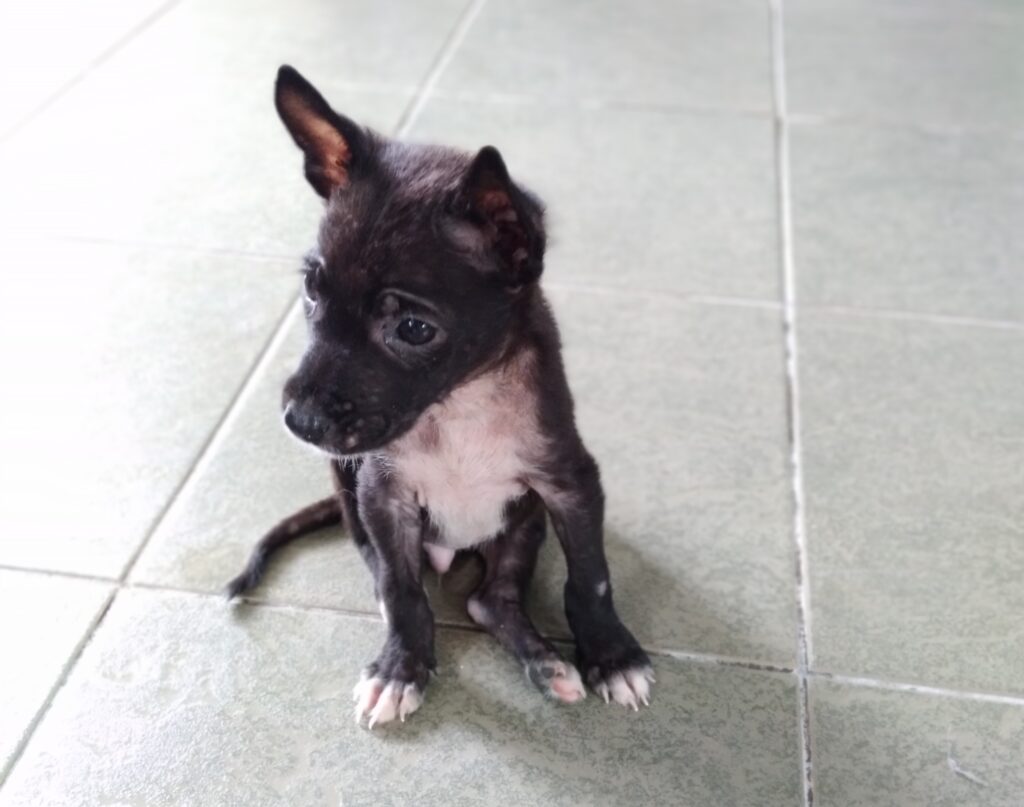
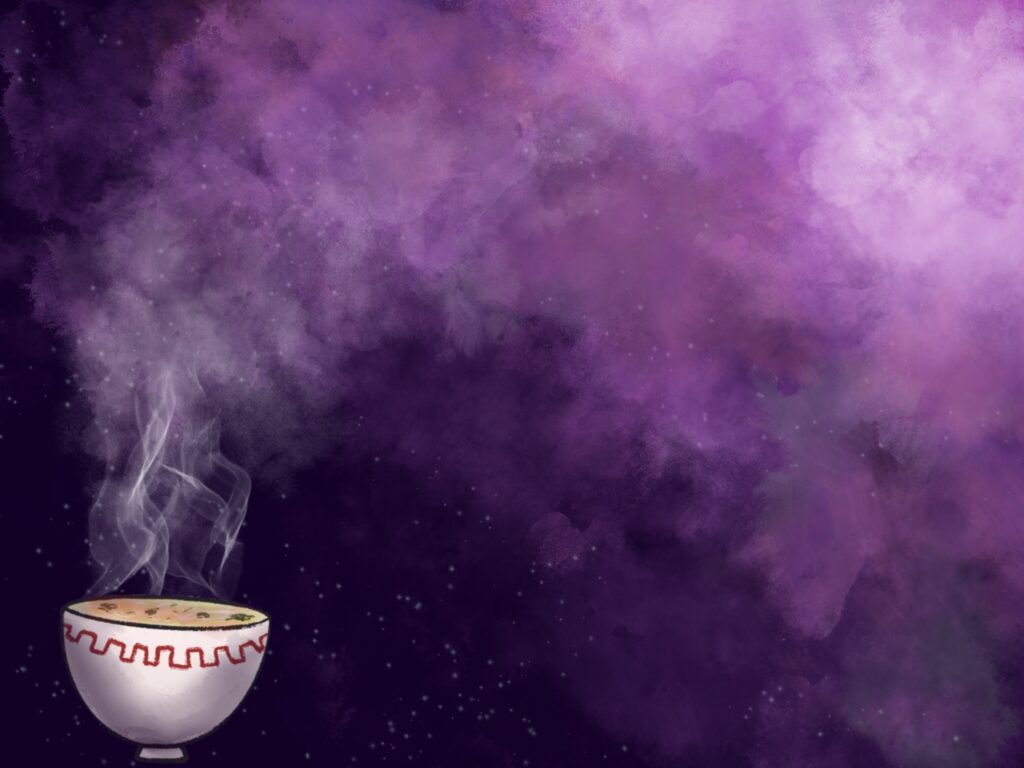
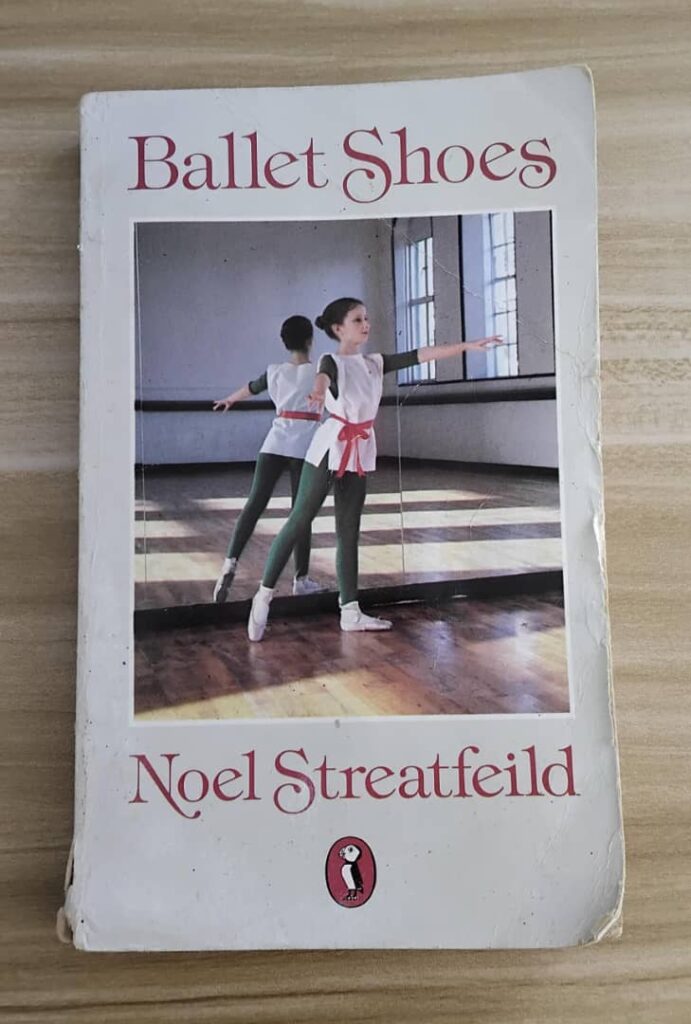


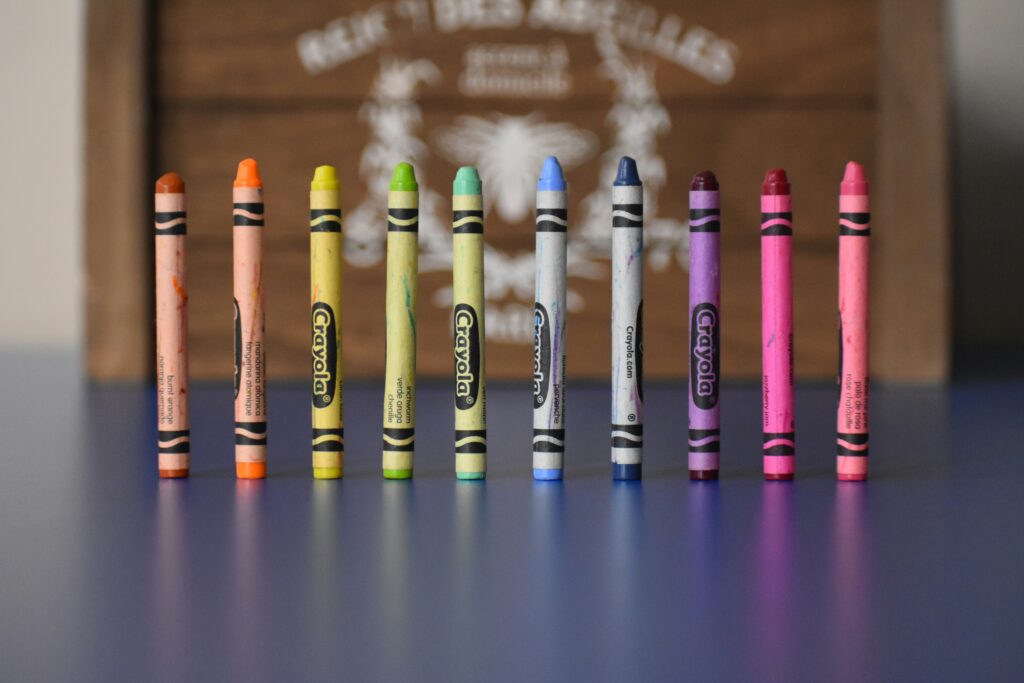


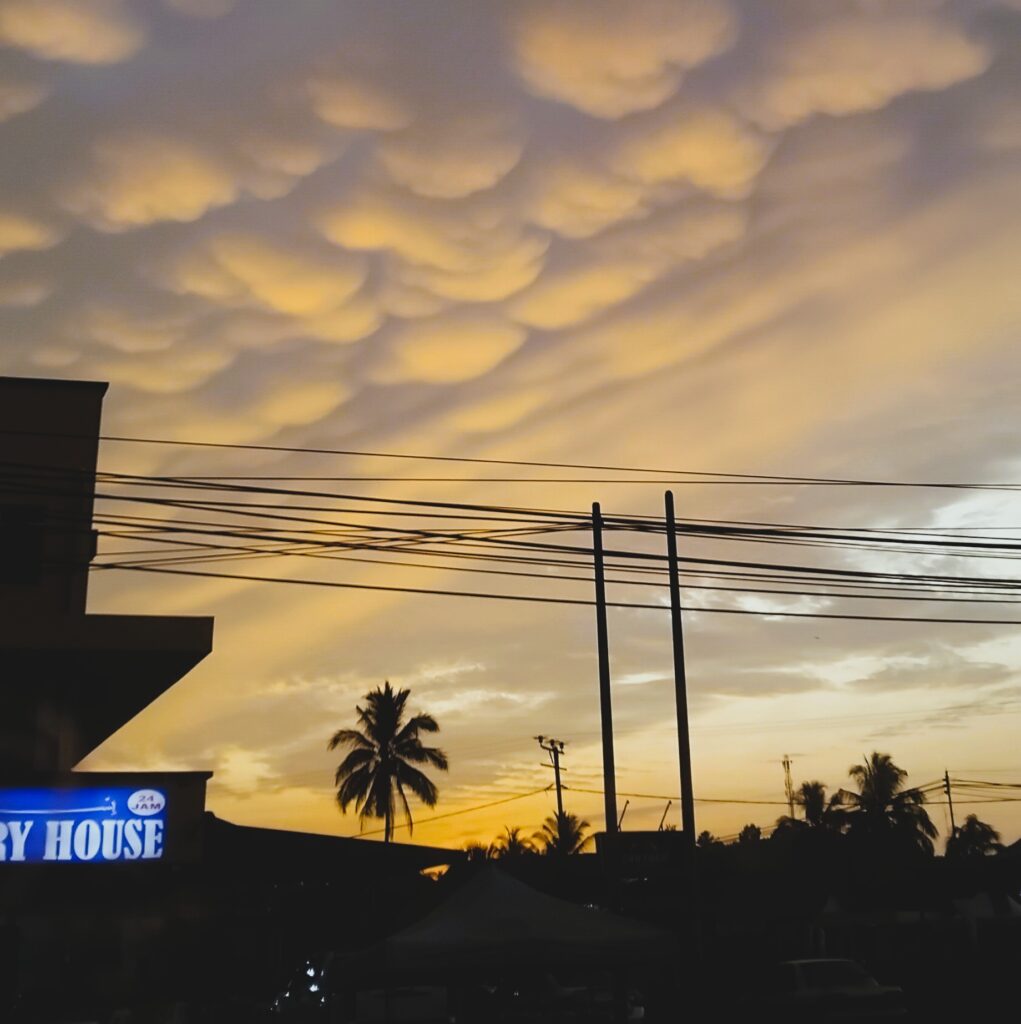

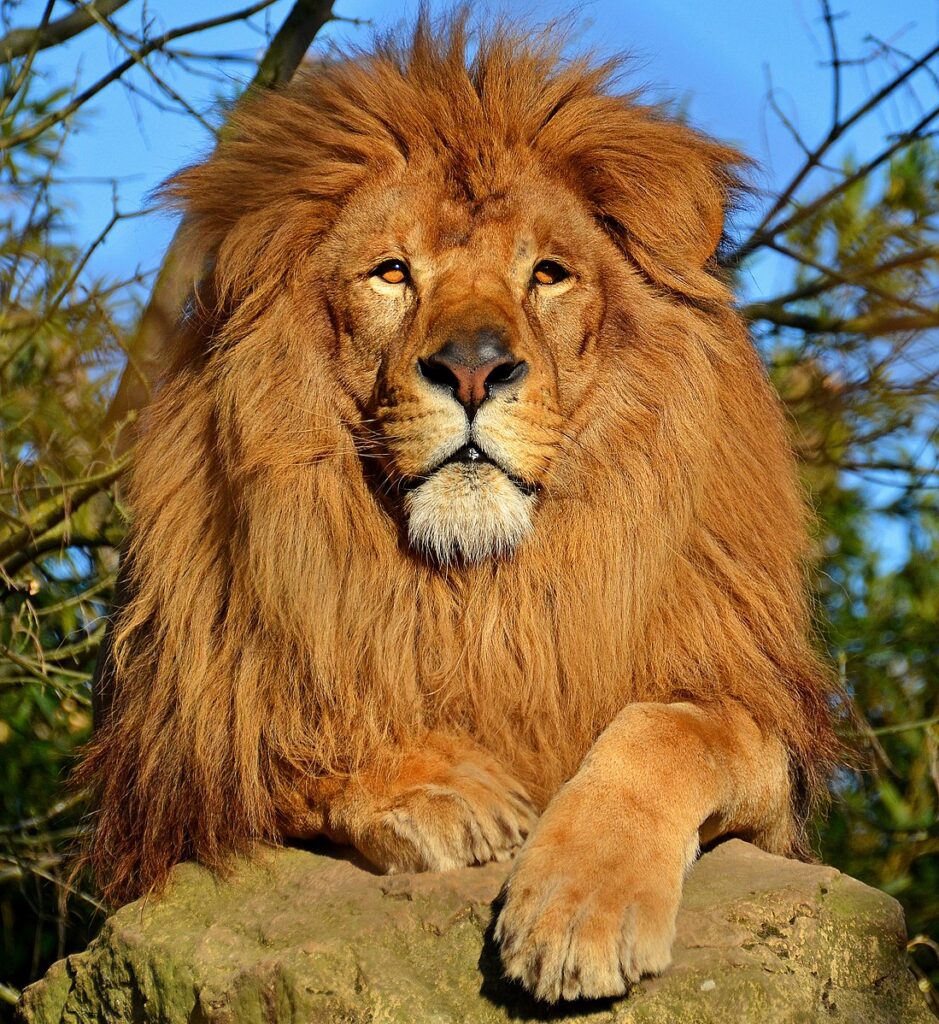
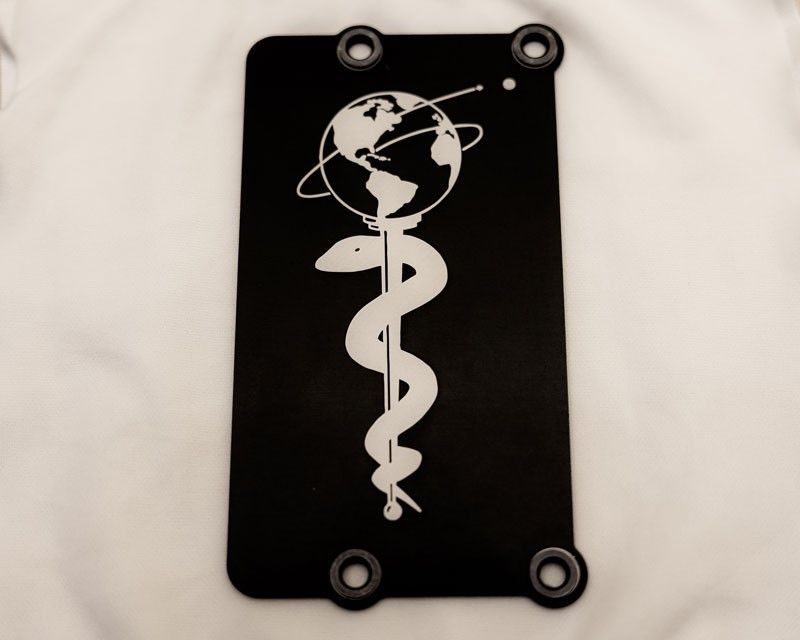

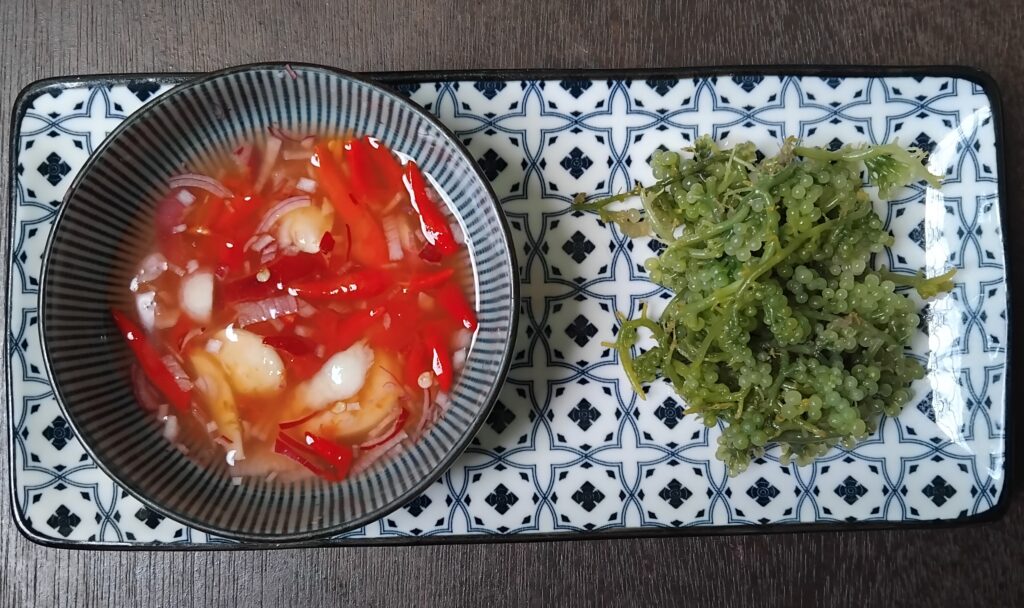


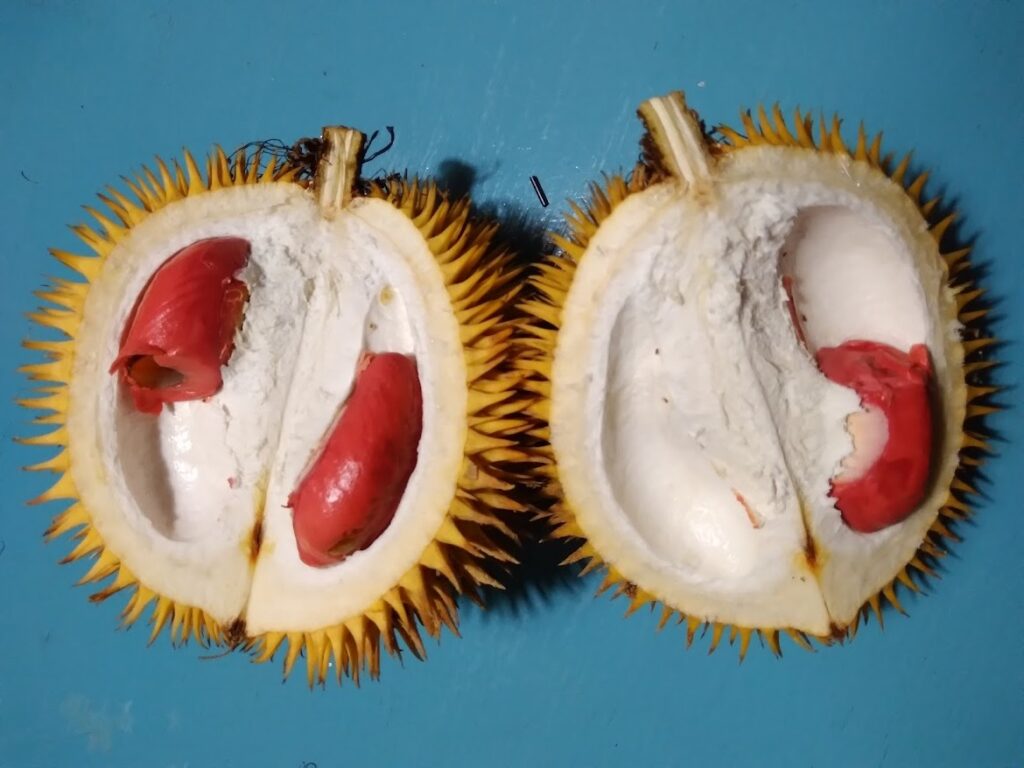
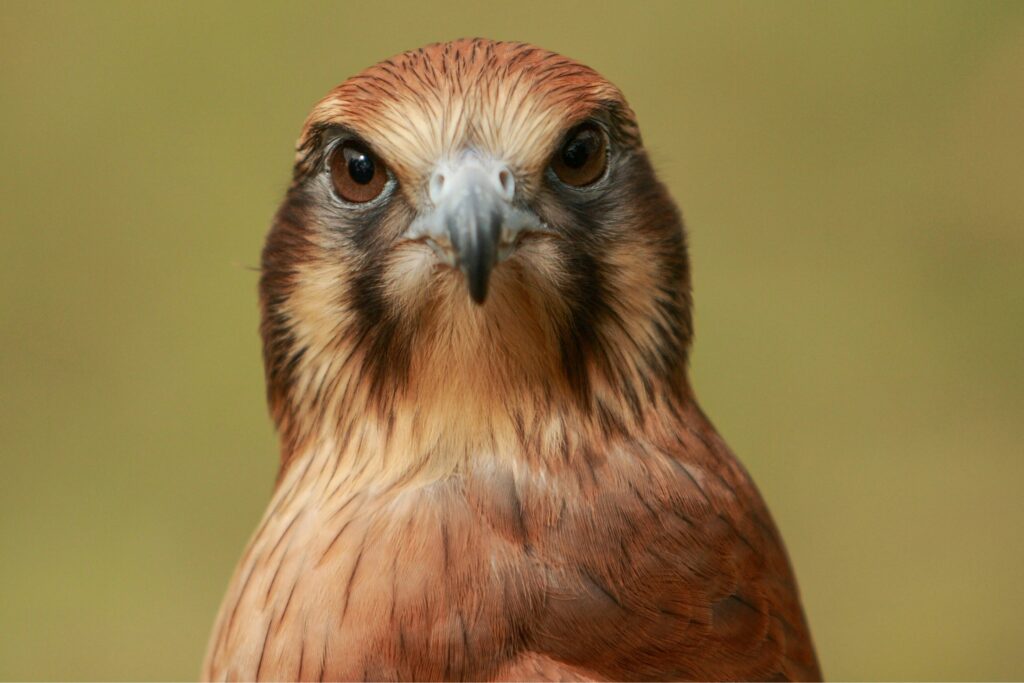
Hi Laura, Enjoying your post while I wait in A&E with husband. He had sudden onset word-finding difficulties and words disappearing to the right side of his computer screen. We’ll be here many hours yet waiting for discharge and an urgent outpatient referral, but his CT scan is okay and… Read more »
This comment only just popped up for me…I’m glad to hear it turned out well with your husband. Lots of hugs from the binturong!
Your picture and the piece reminded me of Baloo the Bear from Junglebook. Those bear necessities are really all that matter. Great blog!
Yes! Sometimes all you need is a thick branch.